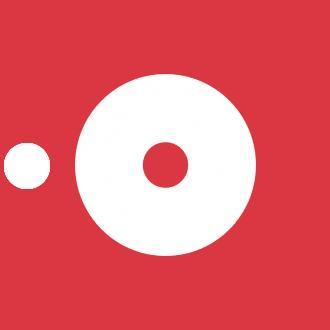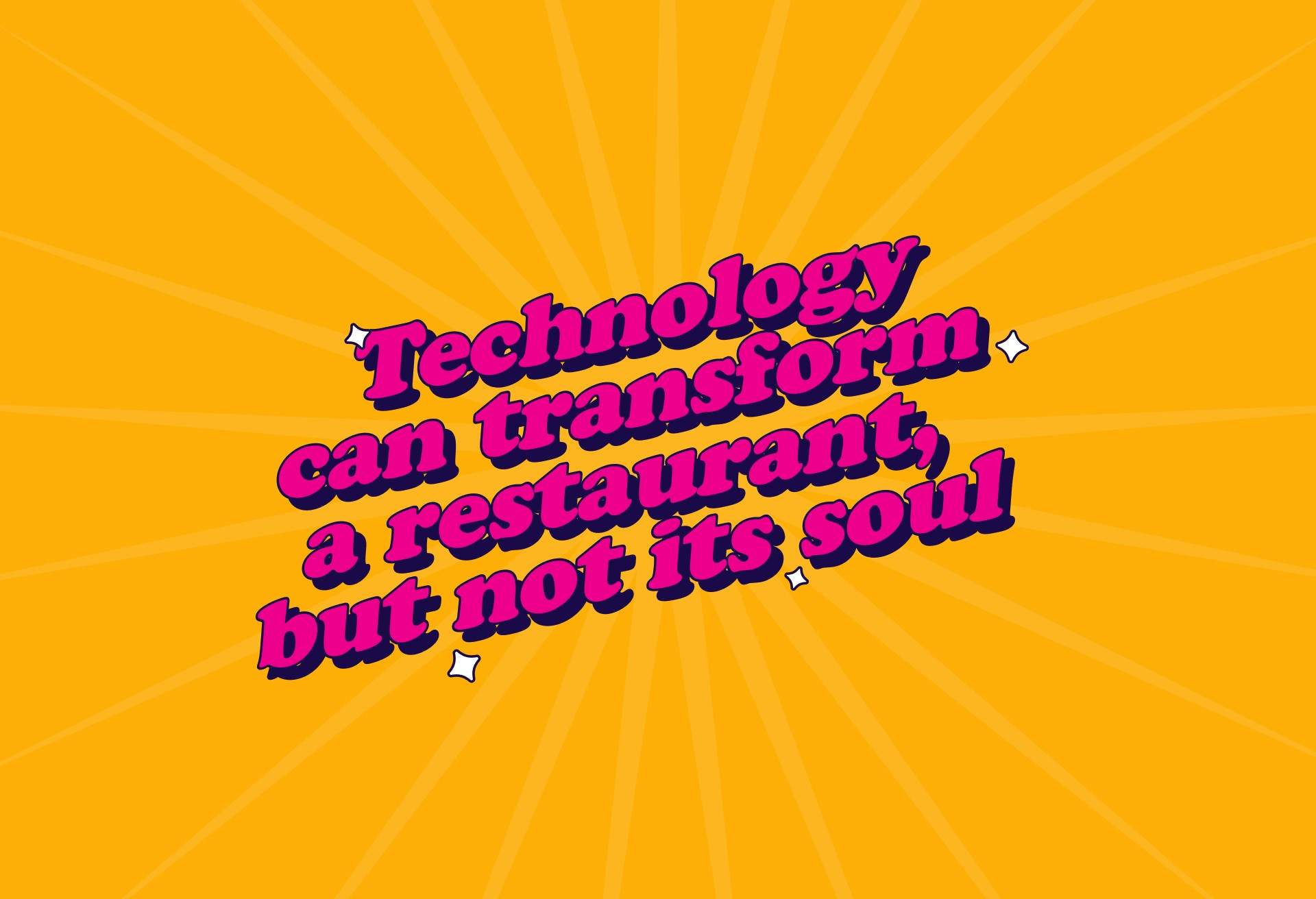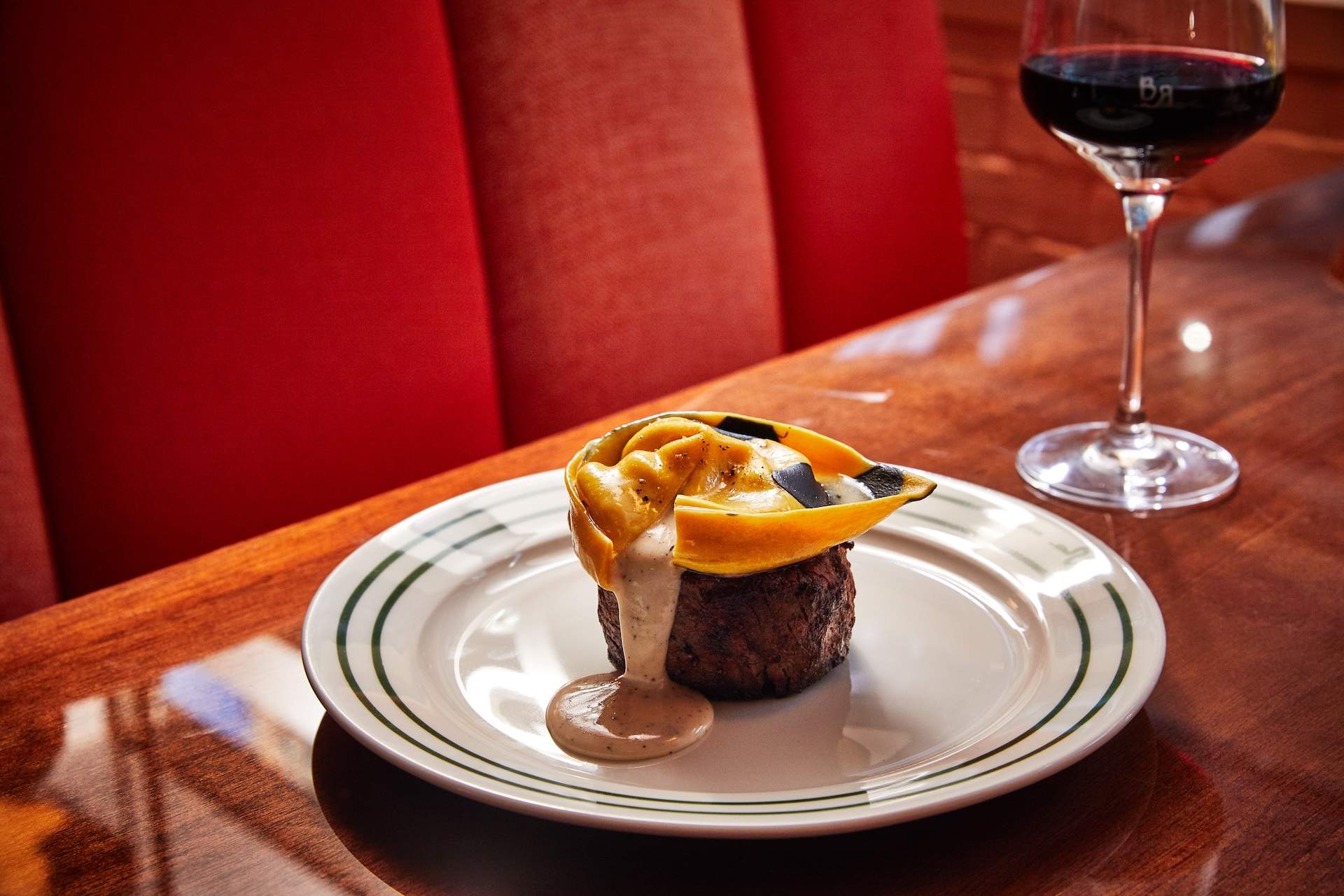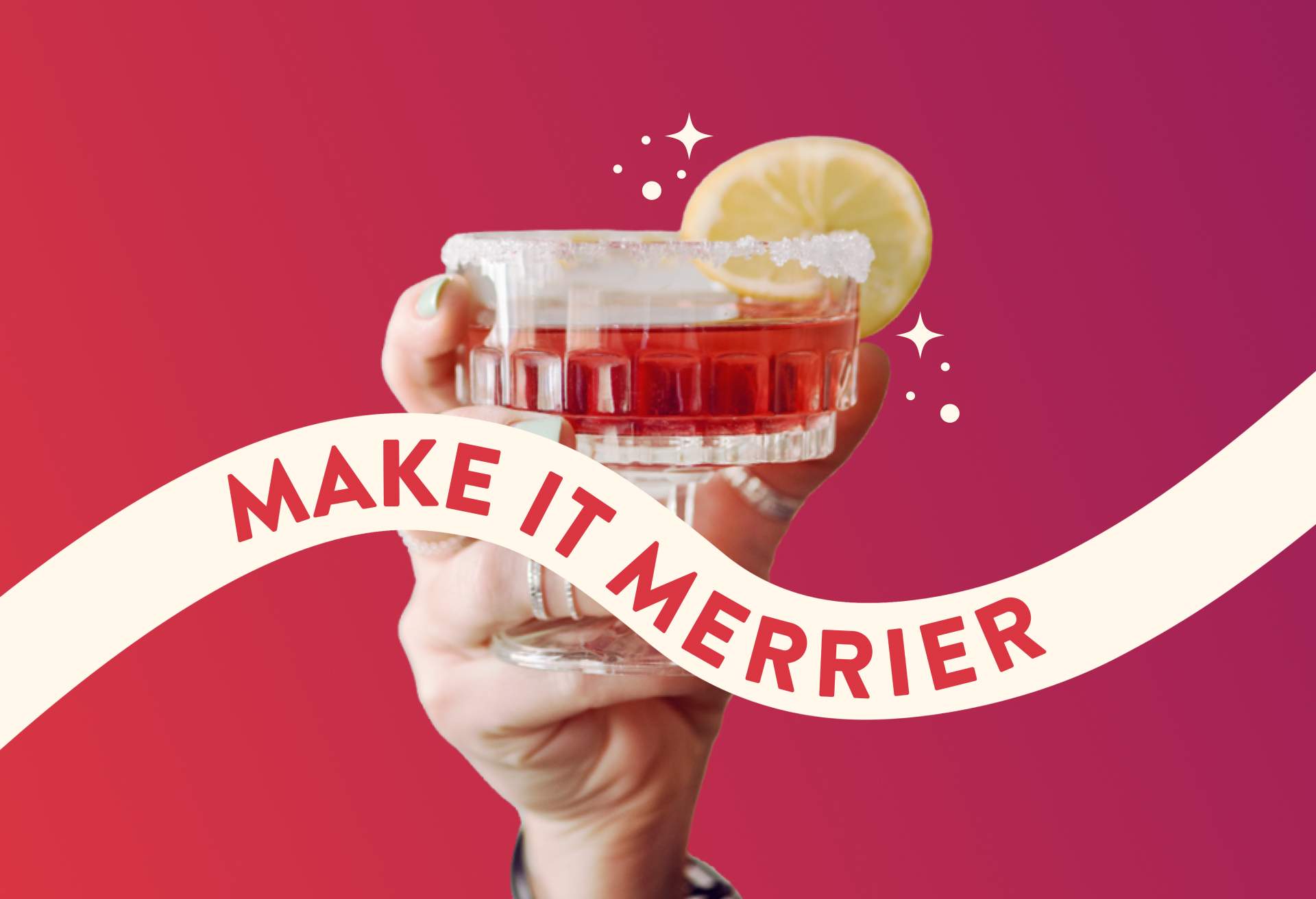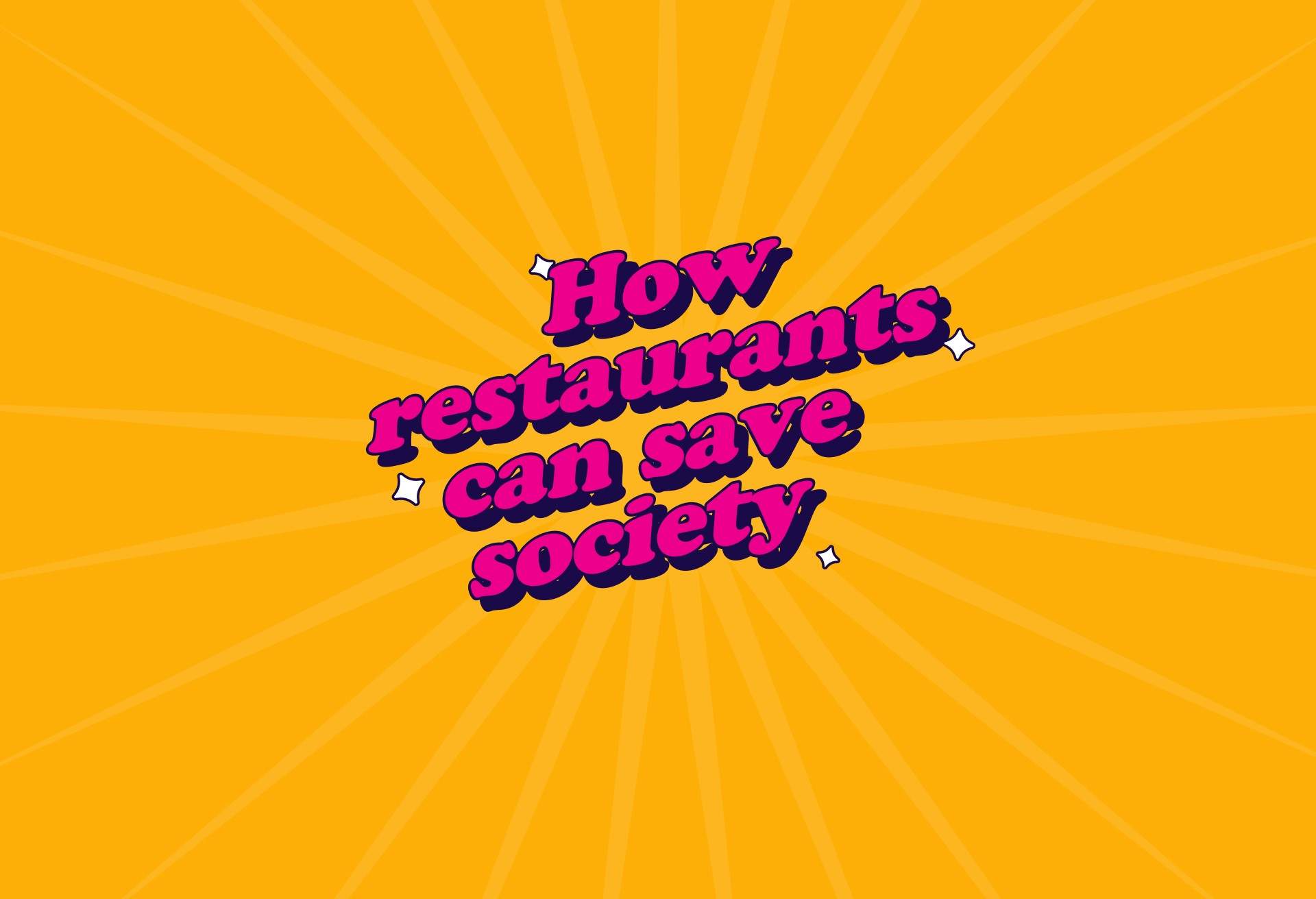I got this text from a friend a few months ago: “I hate the order via QR code for nicer restaurants. We’re at a place that seems really nice and fun but argh! Do not make me use a QR code!”
As someone who’s written about restaurant technology for nearly a decade, I’m often the recipient of my friends’ (and strangers’) critiques on these issues. As an industry expert, however, I have a good view of the bigger picture. QR ordering can make it easier for the kitchen, and there’s less labor involved for the server (it even helps with staffing shortages). What’s more, instead of running between tables and the point-of-sale system, staffers have more time to welcome diners, answer questions, and keep people happy.
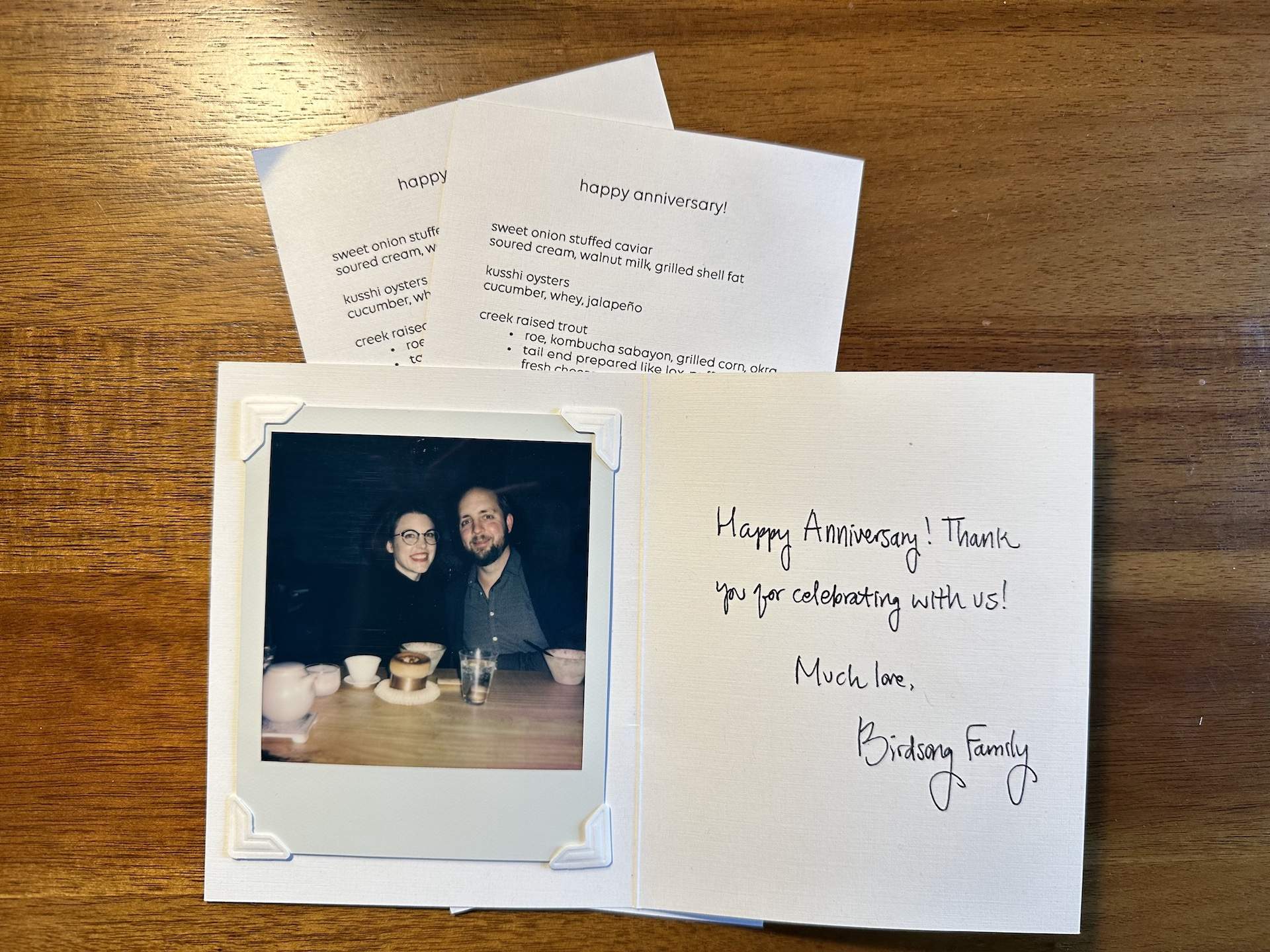
But it’s hard to convince many diners who still have a more traditional understanding—and preference—for eating out. Technology has transformed restaurants for decades now, and while it has several detractors (and rightfully so), I believe technology can do more good than harm in restaurants. It’s finding the right balance between the human touch and technology that has proved far more challenging.
Many times, I see a real imbalance: A start-up in New Jersey lets diners book a dinner that’s cooked in their driveway or yard from a van that prepares recipes from hotspots like DiFara in New York and Pizzeria Mozza in Los Angeles; celebrities are launching virtual restaurant chains nationwide; and robots preparing pizza and sushi are on the rise. There’s nothing inherently wrong with these concepts—I don’t see the companies behind them as evil tech monoliths—but they’re not how I define a restaurant because they lack the one thing I value the most in eating out: a soul, a place where you can allow yourself to be informed and enthralled by your server.
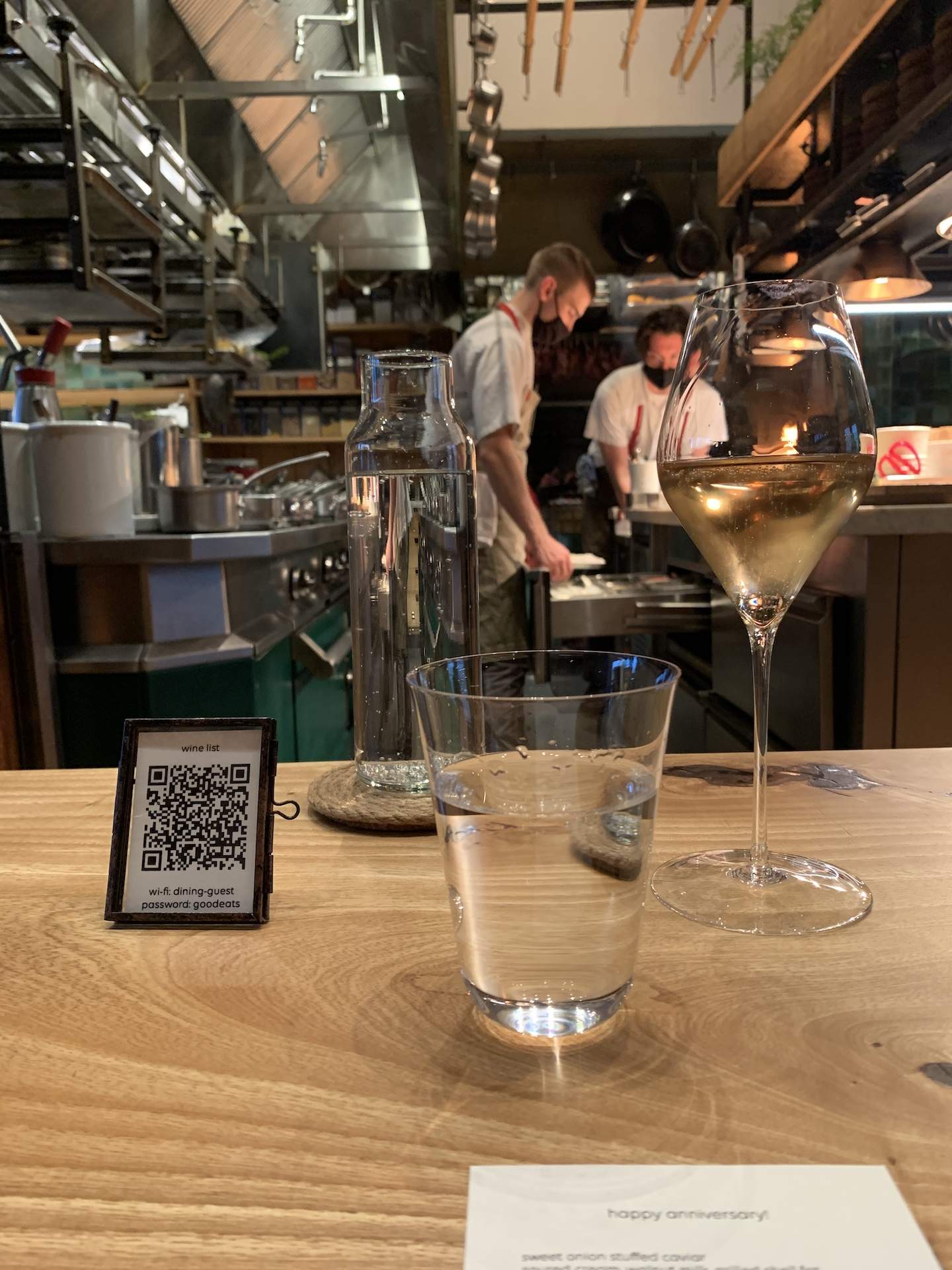
To me, the QR code is just one example of restaurants and technology striking a good balance, two industries that are seemingly at odds with each other, but can enhance one another if done right. It’s a hard balance to achieve because the respective industries define success differently: One thrives on finding the optimal solution, the other prioritizes the harder-to-define goal of customer happiness. But when that balance is right, it’s where the magic of what a restaurant is today lies: a place that serves food run by humans who care, attune to the reality of running a low-margin business in challenging social, political, and economic times.
I’d like to see even more restaurants trying to find that balance . For example, QR codes are something diners can start getting used to, it’s a sign that this kind of balance can work if done right. Yes, there might be some growing pains, but if the rest of the text exchange with my friend shows you anything, we’re headed in the right direction.
“I would be so, so, so sad if the future is QR ordering,” my friend wrote. After a pause she texted: “Don’t get me wrong, they’ve been very attentive.” And another pause later: “They brought me a blanket to make me more comfortable.” Finally, the clincher. “The food is incredible.”
Kristen Hawley writes about the restaurant business from San Francisco. She’s the founder of Expedite, a restaurant technology newsletter highlighting news and big ideas about the future of the restaurant industry.
